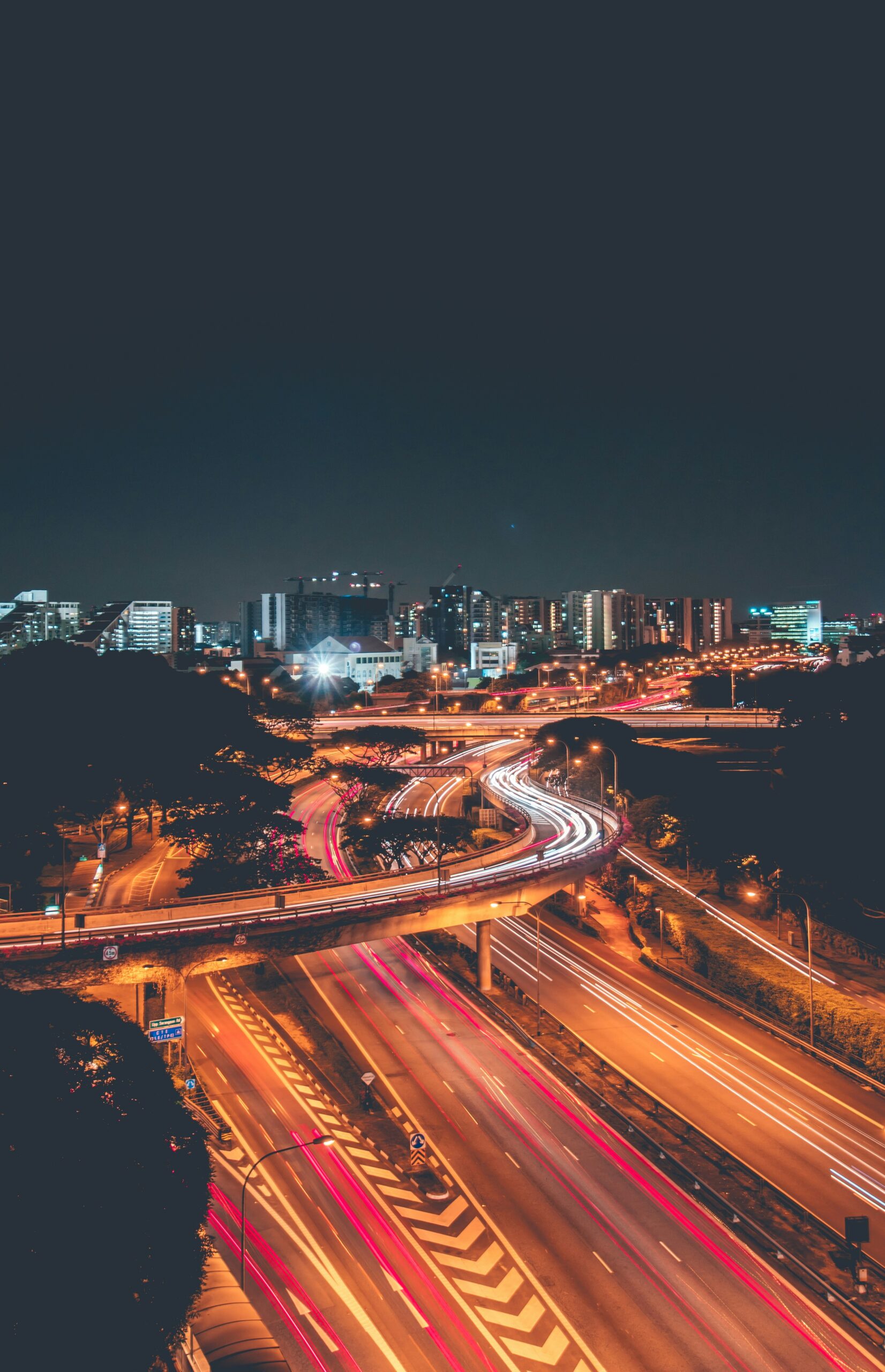Understanding Long Exposure Photography
Long exposure photography is a technique that allows you to capture stunning images by using longer shutter speeds. It involves keeping the camera’s shutter open for an extended period of time, which results in unique and creative effects. This technique is commonly used in various genres of photography, including landscape, night, and astrophotography.
Equipment Needed
To get started with long exposure photography, you will need the following equipment:
1. Camera: Any camera with manual settings will work, including DSLRs, mirrorless cameras, and even some high-end smartphones.
2. Tripod: A sturdy tripod is essential to keep your camera stable during the long exposure. This ensures that your images remain sharp and free from camera shake.
3. Remote Shutter Release: While not mandatory, a remote shutter release is highly recommended to minimize any movement or vibrations caused by pressing the camera’s shutter button.
4. Neutral Density (ND) Filters: ND filters are dark, glass filters that reduce the amount of light entering the lens. These filters allow you to use longer shutter speeds even in bright conditions, such as during the daytime.
Setting Up Your Camera
Once you have gathered the necessary equipment, follow these steps to set up your camera for long exposure photography:
1. Find a Stable Location: Look for a stable surface or use a tripod to ensure that your camera remains steady throughout the exposure.
2. Switch to Manual Mode: Set your camera to manual mode to have full control over the exposure settings.
3. Set a Low ISO: Choose a low ISO, such as ISO 100 or 200, to minimize noise in your images.
4. Select a Small Aperture: Use a small aperture (high f-stop number) like f/11 or f/16 to increase the depth of field and ensure that your entire scene is in focus.
5. Attach an ND Filter: If you are shooting in bright conditions, attach an ND filter to reduce the amount of light entering the lens. This will allow you to use longer shutter speeds without overexposing the image.
Choosing the Right Shutter Speed
The most crucial aspect of long exposure photography is selecting the appropriate shutter speed. The length of the exposure will depend on the effect you want to achieve and the amount of movement in your scene. Here are some general guidelines:
1. Moving Water: To create the popular silky-smooth effect in waterfalls or rivers, start with a shutter speed of around 1-4 seconds. Experiment with longer exposures for more dramatic results.
2. Clouds and Sky: To capture the motion of clouds or create streaks in the sky, try using shutter speeds between 30 seconds to several minutes.
3. Light Trails: If you want to capture light trails created by moving vehicles or stars in the night sky, use shutter speeds ranging from a few seconds to several minutes.
Remember, these are just starting points, and you may need to adjust the shutter speed based on your specific lighting conditions and desired effect.
Additional Tips
Here are a few additional tips to help you master long exposure photography:
1. Use Bulb Mode: Bulb mode allows you to keep the shutter open for as long as you want by manually controlling the exposure time. Use a remote shutter release or a timer to avoid camera shake when using bulb mode.
2. Shoot in RAW: Shooting in RAW format gives you more flexibility during post-processing, especially when adjusting the exposure and white balance.
3. Pay Attention to Composition: Long exposure photography is not just about capturing movement; it’s also important to consider the overall composition of your image. Look for interesting foreground elements, leading lines, and balanced compositions.
4. Experiment with Different Subjects: While landscapes and cityscapes are popular subjects for long exposure photography, don’t be afraid to experiment with other subjects. Try capturing the movement of people, animals, or even the stars in the night sky.
5. Practice Patience: Long exposure photography requires patience and experimentation. Don’t be discouraged if your first attempts don’t turn out as expected. Keep practicing, learn from your mistakes, and refine your technique.
Conclusion
Long exposure photography is a fascinating technique that allows you to create unique and visually appealing images. By understanding the equipment needed, setting up your camera correctly, and experimenting with different shutter speeds, you can capture stunning long exposure photographs. Remember to be patient, practice regularly, and most importantly, have fun while exploring the creative possibilities of long exposure photography.

